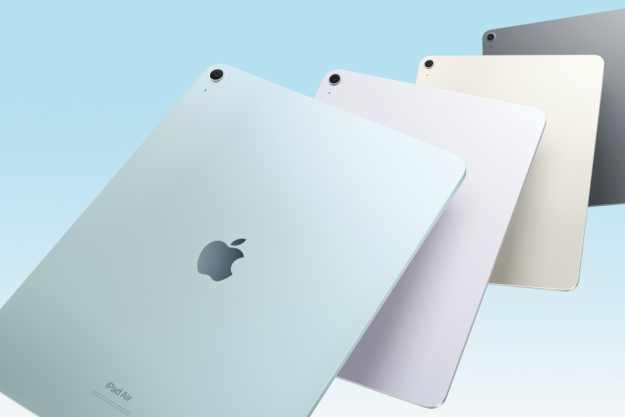
Chinese manufacturer Vivo has launched the first smartphone with a higher-than-1080p resolution display. The Vivo XPlay 3S took center stage at an event in Beijing which put Samsung’s Galaxy S4 launch to shame, it even including an on-stage fighting sequence with flashy effects projected onto huge wraparound screens, but even this couldn’t eclipse the phone’s amazing 6-inch, 2560 x 1440 pixel touchscreen.
Over the past months, several companies have shown off pre-production versions of these 1440p displays, but this is the first time one has been fitted to a smartphone. The display is huge in just about every way, as in addition to the size and pixel count, the pixel density comes in a 490ppi. That’s more than the Galaxy S4 and HTC One, and while we’ve been seeing higher figures quoted in relation to 1440p screens, the XPlay 3S’s screen size is slightly larger than those demoed earlier this year.

Like the iPhone 5S and the HTC One Max, the Vivo Xplay 3S also has a fingerprint sensor fitted. It’s mounted just below the flash unit on the back of the device, and can be used to unlock the phone. The screen resolution isn’t the only new tech debuting inside the XPlay 3S, as audio experts DTS have fitted the new DTS Headphone X audio chip, which provides cinema-style surround sound to match the cinema-style display.
Unfortunately, Vivo doesn’t sell its smartphones internationally, so we’re unlikely to get our hands on this unique device; but that’s doesn’t mean we won’t be getting our own 1440p devices soon. The prime candidate to introduce the next level of smartphone screen tech to us is Samsung, and it could do so with the Galaxy S5 early next year. In the meantime, we can only look on with envious eyes at the Vivo XPlay 3S.


